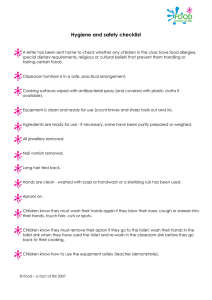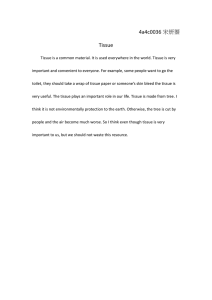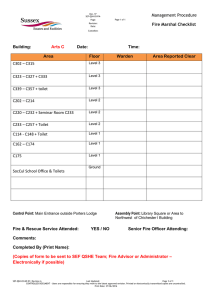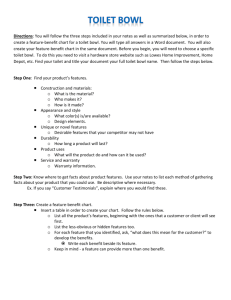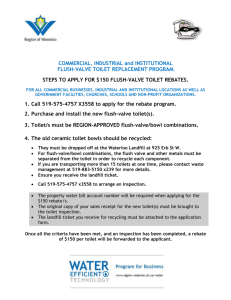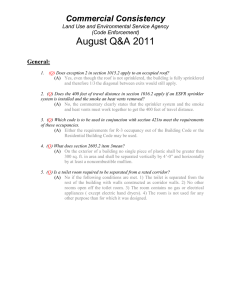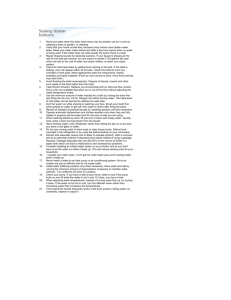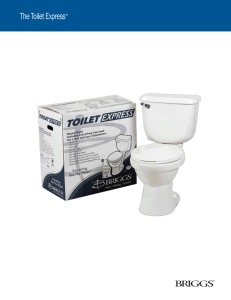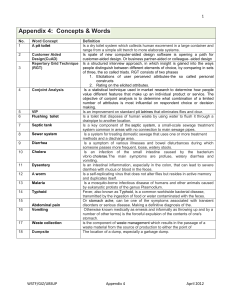Objects of Reference: Communication for Transitions
advertisement
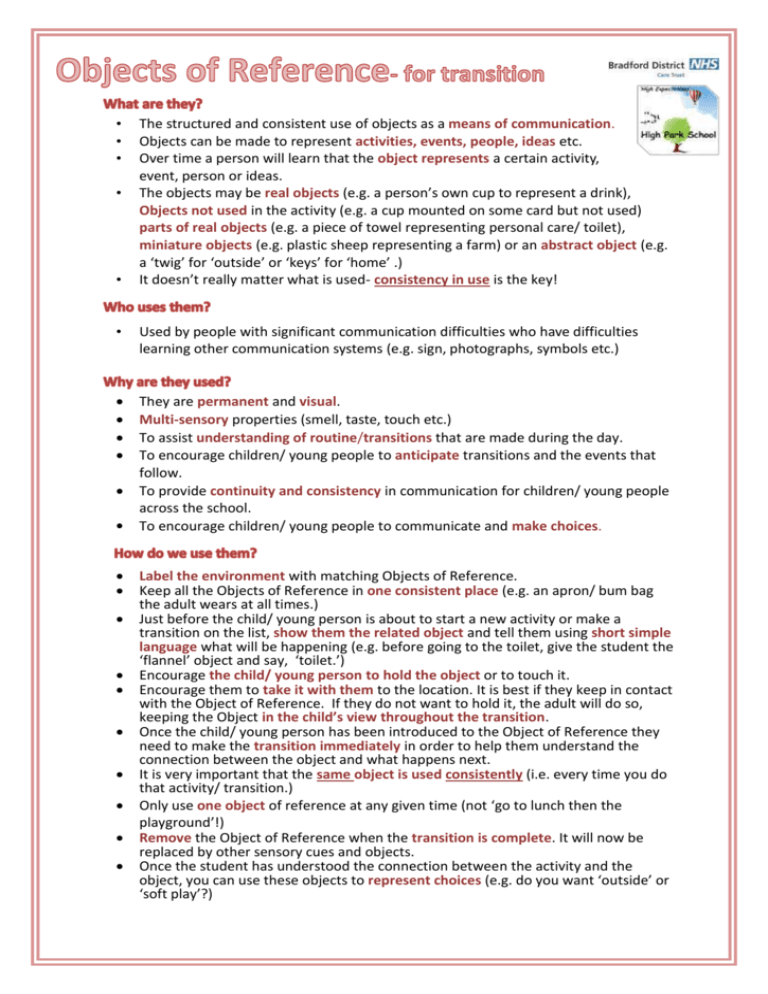
• • • • • The structured and consistent use of objects as a means of communication. Objects can be made to represent activities, events, people, ideas etc. Over time a person will learn that the object represents a certain activity, event, person or ideas. The objects may be real objects (e.g. a person’s own cup to represent a drink), Objects not used in the activity (e.g. a cup mounted on some card but not used) parts of real objects (e.g. a piece of towel representing personal care/ toilet), miniature objects (e.g. plastic sheep representing a farm) or an abstract object (e.g. a ‘twig’ for ‘outside’ or ‘keys’ for ‘home’ .) It doesn’t really matter what is used- consistency in use is the key! • Used by people with significant communication difficulties who have difficulties learning other communication systems (e.g. sign, photographs, symbols etc.) They are permanent and visual. Multi-sensory properties (smell, taste, touch etc.) To assist understanding of routine/transitions that are made during the day. To encourage children/ young people to anticipate transitions and the events that follow. To provide continuity and consistency in communication for children/ young people across the school. To encourage children/ young people to communicate and make choices. • Label the environment with matching Objects of Reference. Keep all the Objects of Reference in one consistent place (e.g. an apron/ bum bag the adult wears at all times.) Just before the child/ young person is about to start a new activity or make a transition on the list, show them the related object and tell them using short simple language what will be happening (e.g. before going to the toilet, give the student the ‘flannel’ object and say, ‘toilet.’) Encourage the child/ young person to hold the object or to touch it. Encourage them to take it with them to the location. It is best if they keep in contact with the Object of Reference. If they do not want to hold it, the adult will do so, keeping the Object in the child’s view throughout the transition. Once the child/ young person has been introduced to the Object of Reference they need to make the transition immediately in order to help them understand the connection between the object and what happens next. It is very important that the same object is used consistently (i.e. every time you do that activity/ transition.) Only use one object of reference at any given time (not ‘go to lunch then the playground’!) Remove the Object of Reference when the transition is complete. It will now be replaced by other sensory cues and objects. Once the student has understood the connection between the activity and the object, you can use these objects to represent choices (e.g. do you want ‘outside’ or ‘soft play’?)
